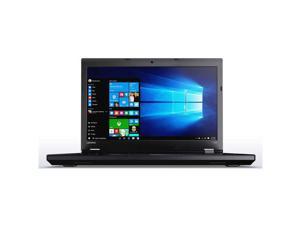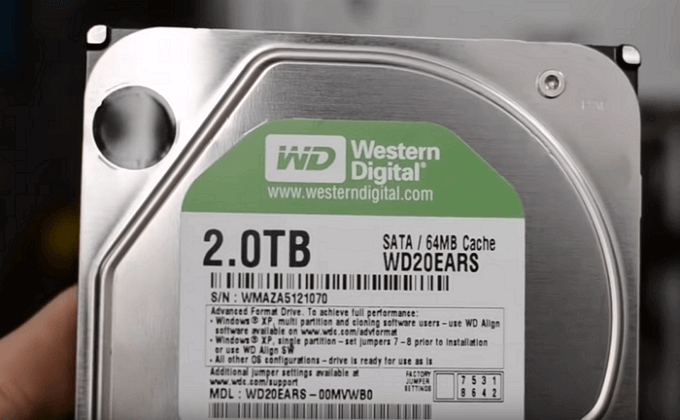

An SLC SSD stores data as one bit per flash memory cell, while an MLC drive stores two or more bits per cell. SSDs come in two major types: SLC (single-level cell) and MLC (multi-level cell). That's a high price to pay, particularly if your current laptop or netbook is a fairly low-cost unit.

While it's easy to find an inexpensive laptop with a 160GB, 250GB, or even 320GB hard drive, a high-quality 256GB SSD would likely set you back over $700.

The main drawback of a solid-state drive is the cost: Per gigabyte, SSDs are much more expensive than standard hard drives, which have come down dramatically in price in the past several years.


 0 kommentar(er)
0 kommentar(er)
